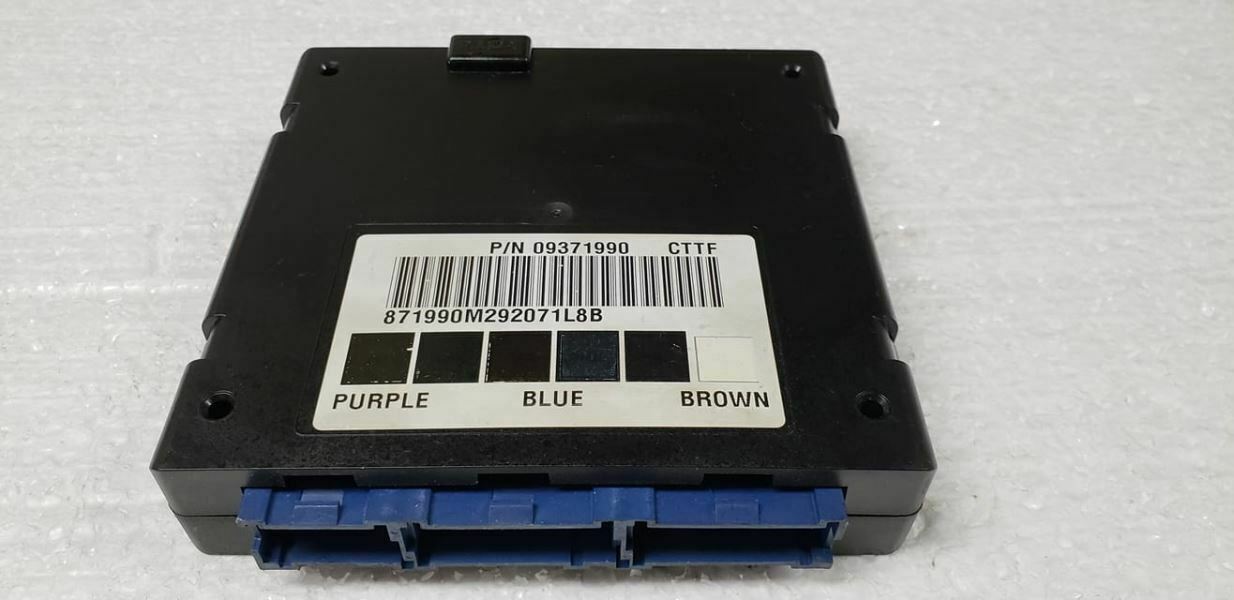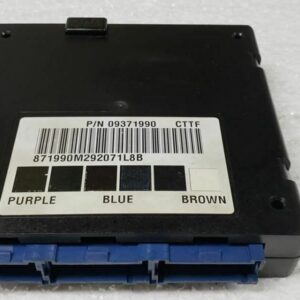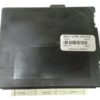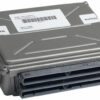Are you chasing down bizarre electrical problems in your GM truck or van? Flickering lights, erratic gauges, power windows with a mind of their own, or a security light that won’t turn off are classic signs of a failing Body Control Module (BCM). As the central hub for your vehicle’s comfort and convenience features, when the BCM goes down, it can feel like the entire vehicle is possessed. This isn’t just an annoyance; it can affect vehicle function and security. Stop throwing parts at the problem and get the direct-fit, reliable solution.
This isn’t just a replacement part; it’s a complete repair solution. We take a genuine OEM BCM and program it with the latest GM software updates specifically for your vehicle using the VIN you provide. This means you get a module that’s ready to install right out of the box, eliminating the need for an expensive trip to the dealership for programming. It’s the most efficient way to restore your vehicle’s full functionality.
Case Study: A Tricky Diagnosis
I remember a 2000 Silverado 1500 that came into my shop last winter. The owner was frustrated because his power door locks and interior dome light would work intermittently. He’d already replaced the switches. After connecting my diagnostic tool, I wasn’t seeing any hard codes, just a few communication errors (U-codes) stored in history. By monitoring the BCM data stream, I could see the command inputs from the door switch were being received, but the output commands to the locks and lights were dropping out. This pointed directly to an internal failure in the BCM. We installed a VIN-programmed module just like this one, and all the ghost-like electrical issues were gone instantly. It saved the customer hundreds compared to a dealer visit.
Common Signs of a Failing BCM
- ✔ Intermittent or non-working power windows, door locks, or mirrors.
- ✔ Gauges on the instrument cluster behaving erratically or not working at all.
- ✔ The security or anti-theft light staying on, potentially causing a no-start condition.
- ✔ Interior or exterior lights flickering, staying on, or not turning on.
- ✔ Communication-related Diagnostic Trouble Codes (DTCs) such as U0140.
- ✔ Horn sounding unexpectedly or not working when pressed.
A Straightforward Guide to BCM Installation
- ✔ Safety First: Always disconnect the negative terminal from your vehicle’s battery before starting any electrical work.
- ✔ Locate the BCM: On most of these vehicles, the BCM is located under the driver’s side of the dashboard (LH dash) or behind the center dash panel. A quick search for your specific model will confirm its location.
- ✔ Disconnect and Remove: Carefully unplug the electrical connectors from the old BCM. They have locking tabs that need to be depressed. Once disconnected, unbolt or unclip the module from its mounting bracket.
- ✔ Install the New Module: Mount your new, pre-programmed BCM in the same location and securely plug in all the electrical connectors. You should hear a ‘click’ as they lock into place.
- ✔ Reconnect and Test: Reconnect the negative battery terminal. Turn the key to the ‘On’ position and test all body functions—windows, locks, lights, horn, and wipers—to ensure proper operation.
Important Post-Installation Information
While our programming handles the majority of the setup, some GM vehicles require a final handshake between modules after installation. Please be aware of the following potential procedures:
- Airbag System Sync: If the airbag warning light is on after installation, a professional scan tool is needed to perform the ‘Setup SDM Primary Key in BCM’ procedure. This syncs the new BCM with the airbag system. This is only required if the light appears.
- Brake Pedal Position Relearn: On some models, a brake pedal position sensor relearn may be needed to ensure your brake lights and traction control system function correctly.
Disclaimer: Vehicle systems can vary. We always recommend consulting a factory service manual or a certified technician if you are unsure about any step.
Will This Fit My Vehicle?
This module is a direct replacement for part numbers 09385236, 19208539, and 9371990. It is confirmed to fit the following vehicles:
- ✔ 2001 Astro (LH dash)
- ✔ 2001 Blazer S10/Jimmy S15 (center dash)
- ✔ 2001 Bravada (center dash)
- ✔ 2001 S10/S15/Sonoma (center dash)
- ✔ 2001 Safari (GMC) (LH dash)
- ✔ 2000 Silverado & Sierra 1500/2500 Pickups (LH dash)
- ✔ 2000 Suburban 1500/2500 (LH dash)
- ✔ 2000 Tahoe (LH dash)
- ✔ 2000 Yukon & Yukon XL 1500/2500 (LH dash)
Frequently Asked Questions
Do I really need to provide my VIN?
Yes, providing your 17-digit VIN is mandatory. We use it to load the precise, vehicle-specific software from GM, ensuring the module works correctly with the options your vehicle was built with.
Is this a plug-and-play part?
For most vehicles, yes. Because we program it to your VIN, it eliminates the most difficult step. However, as noted above, some vehicles may require a simple relearn procedure for the airbag or brake systems, which may require a scan tool.
Do I need to send my old BCM back?
No. There is no core charge for this part. You can keep your old module.
Will this fix my ‘Service 4WD’ light?
A failing BCM can sometimes cause false warning lights by not communicating properly with other modules, like the Transfer Case Control Module (TCCM). While it can be a factor, the ‘Service 4WD’ message is more commonly caused by the TCCM itself or the encoder motor. A full vehicle scan is the best way to diagnose the root cause.
What tools are needed for the post-installation procedures?
The Airbag System Sync and Brake Pedal Position Relearn procedures require a bi-directional professional diagnostic tool, such as a GM Tech 2 or a high-end Snap-on, Autel, or similar scanner. Most local repair shops have this equipment.



